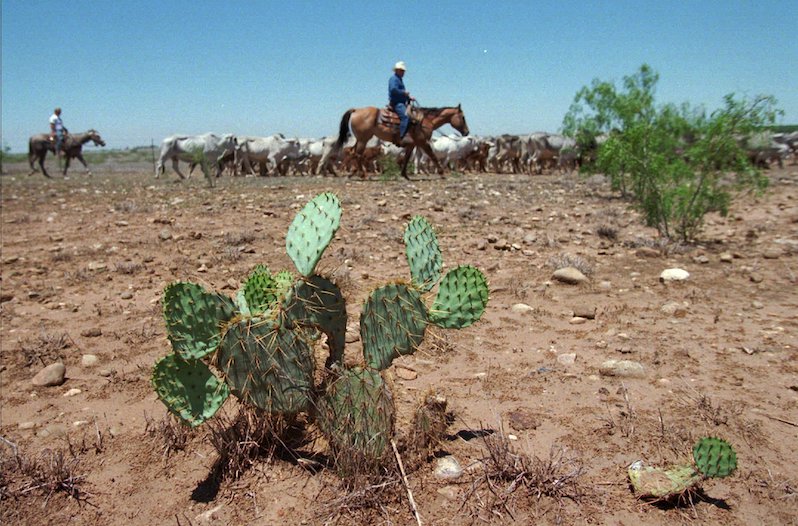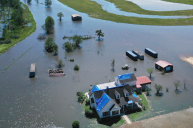Texas, a state that prepares years in advance for potential summer drought conditions, might face decades-long "megadroughts" in the 21st century, per a new study with John Nielsen-Gammon, the Texas state climatologist and a professor of atmospheric sciences at Texas A&M University, as its lead author.
Per Austin's NPR station KUT 90.5, Nielsen-Gammon and his colleagues' paper in the journal Earth's Future projects a severe drought, the likes of which Texas has not seen in 1,000 years.
"There's some question about whether we should actually refer to what's coming as a drought," says Nielsen-Gammon, as quoted by KUT 90.5. "Because a drought is something that happens temporarily and goes away. And we're talking about something that is effectively going to be permanent - at least in terms of human lifespan."
The paper uses climate models to show how much drier conditions could "make the climate of East Texas more like that of West Texas, and the climate of West Texas more like that of New Mexico."
"West Texas seems most likely to get a double whammy: decreased rainfall and increased temperatures," Nielsen-Gammon said, as quoted by Texas A&M Today. "Even though rainfall has increased statewide over the past century by about 10 percent, West Texas has seen little to no increase. West Texas is already planning for what happens as one or more critical aquifers get depleted. Climate change is going to make that depletion happen a little bit faster, but the decline of the Ogallala Aquifer is primarily caused by water extraction for irrigation rather than by climate change."
Read More: NASA Astronaut Pete Conrad Brought Bob Wills to The Moon
Nielsen-Gammon suggests that the state water plan, which gets updated every five years to prepare Texans for conditions similar to the seven-year-long "drought of record" from the '50s, should be reconsidered based off potential water resource deficiencies caused by by climate change and global warming.
"The state water plan doesn't explicitly consider climate change in figuring out how water supply and water demand will both change," Nielsen-Gammon told Texas A&M Today. "As our paper points out, pinning numbers on either of those changes is a difficult challenge, and it's not simply a matter of estimating changes in precipitation. Tying future water supply to criteria established by the drought of record is a defensible choice, but policymakers should be aware that the chances of exceeding the drought of record are probably increasing year by year."
Now Watch: Luckenbach, Texas is a Must-Vist Texas Town




